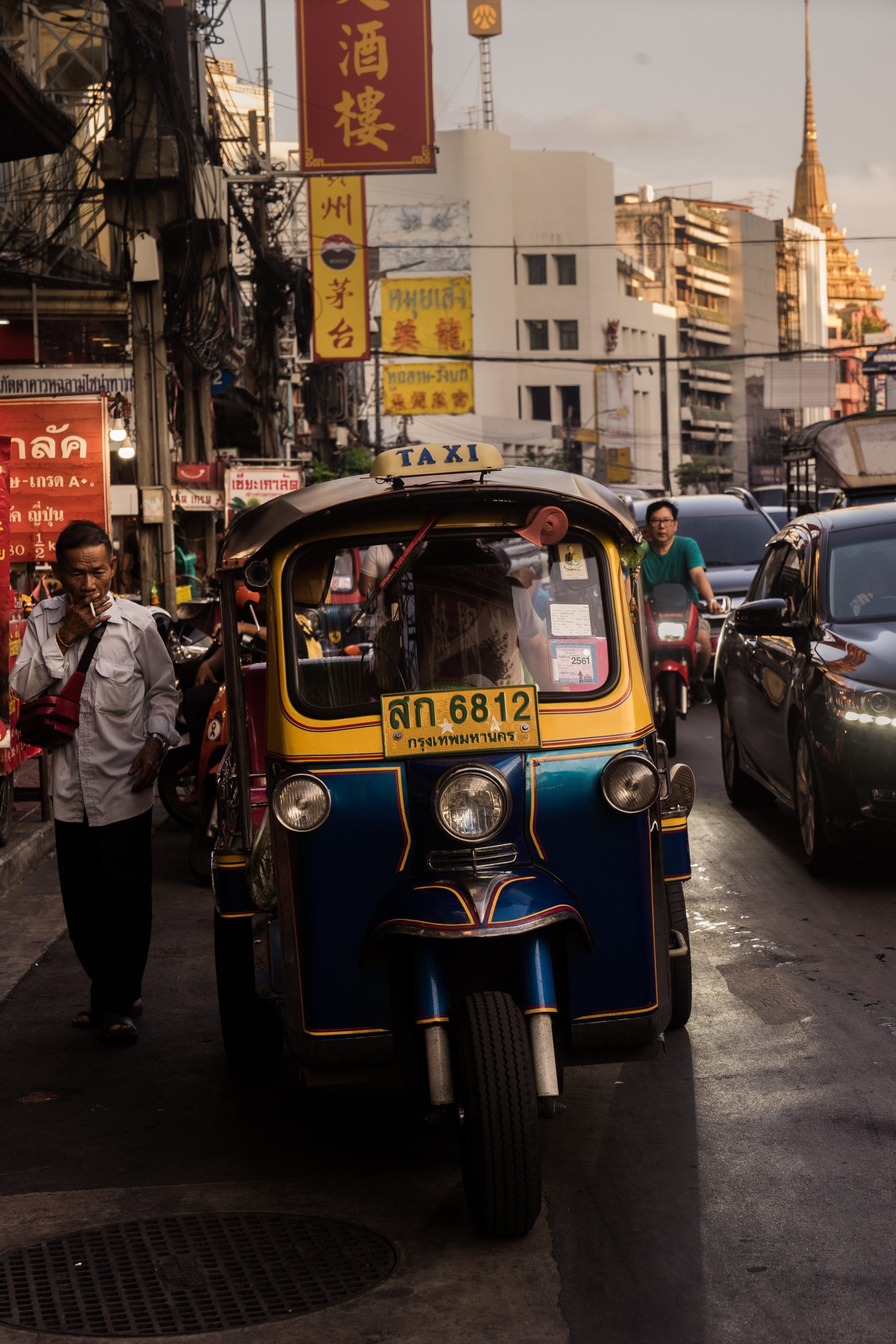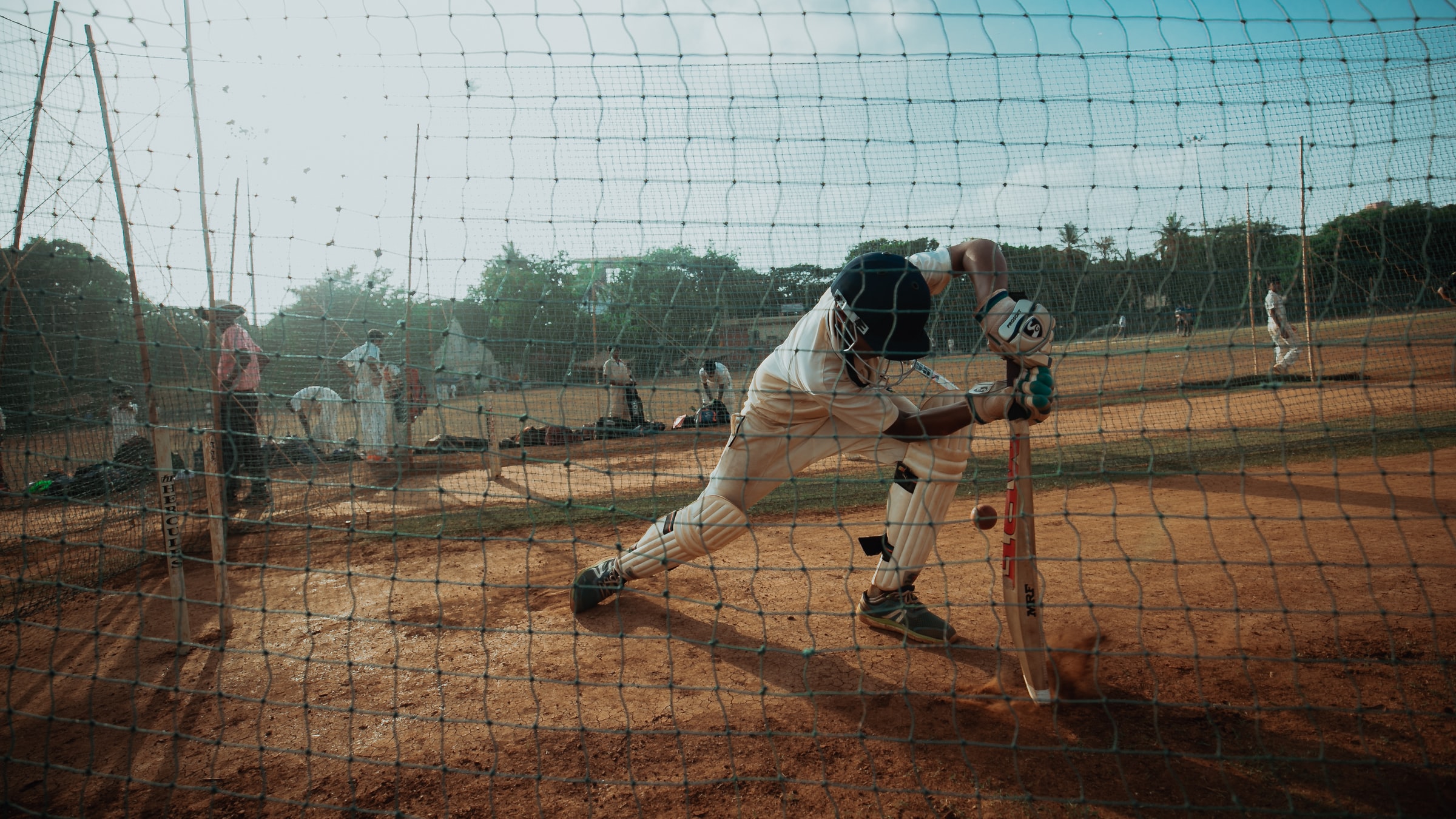Arrived in Bombay!
I enjoyed Bombay, once I got used to the smell of piss.
I was staying in this absolute rat-sack of a hotel in Colaba, the southern end of Bombay. The touristy area.
I’ll call it Bombay, not Mumbai. Two reasons. I only know one person who lives there, Ajay Aggarwal. He calls it Bombay. And of the many books I’ve read about India, the most interesting is Maximum Bombay by Suketu Mehta. He also calls it Bombay, so Bombay it is.
I’d been travelling for about 30 hours. A day at work. The train from Bendigo to Melbourne. The bus from Spencer Street to Tullamarine Airport. Drinks. A wait. Check-in. Wait. Flight to Kuala Lumpur. Another wait – at the bar. Flight from Kuala Lumpur to Bombay. Customs. Taxi from the airport to Colaba – over an hour in five lanes of traffic, on a road marked out with three lanes. Door-to-door, as well as bumper-to-bumper.
a true Gonzo moment
The Rat-Sack
So, this rat-sack of a hotel. I’ll describe the room. Door. Kind of ante-room-dressing room area opening out onto a cavernous and dark room with two single beds. The wallpaper – the bits that weren’t peeling – looked like it had once been pink. The noisiest air-conditioning unit this side of the Dyson factory beta-testing lab. A bathroom, of sorts – really a tiled room off the main room with a kind of door. A shower to one side of the tiled room and a shitter and sink in there. Ok, call it a bathroom.
There was a fridge in the ante-room bit. I opened it. There was one bottle of water in there. Thirsty, I grabbed it. But it wasn’t sealed; a plastic bottle with a label. Re-filled with tap water. No thanks.
I was weary. The long journey to the hotel culminated in a painful half-hour check-in. Eventually, I got to my room. I was sweaty and grubby, and there was the faint aroma of a dying animal about me. I needed a shower, a change of clothes and I needed to scrub the moss off my teeth. But I couldn’t use the bathroom tap water, nor could I use the bottled water in the fridge. So my litre bottle of duty-free Absolut came in handy, and for the first time in my life I brushed my teeth with vodka; a true Gonzo moment.
Showered, clean clothes on, teeth brushed with the aforementioned mixture of Colgate and Absolut, I ventured out of the hotel.
I Didn’t Fancy the Ice
I turned right into the main drag of Colaba – the Causeway. I’m not sure what hit me first, the sheer density-intensity of the people, or the smell of stale piss. I was tired, hungry and a bit anxious. I needed to get to the Wankhede cricket ground to try and get tickets for the test match starting the next day between India and England.
I walked a couple of hundred metres, past the Leopold Café – forever immortalised in Gregory David Roberts’ book Shantaram. And two-and-a-half years later the scene of carnage during the Bombay terrorist attacks. There was another bar-café on the corner, the Mondegar. Touristy, but less touristy. I went in.
I had this kind of chicken club sandwich thing. I suspected the bread was probably always this kind of hard toasted-feel texture. The chicken was chicken-y. Not sure. Think perhaps warm tofu that’d been in the hands of someone who’d just eaten a packet of chicken-flavoured chips. That kind of chicken-y. I had a Fanta to wash it down. It got a bit warm though – I didn’t fancy the ice.
Enlarge

A Fistful of Rupees
Hunger sated; I had a good idea of what was in store now. Tickets. I was knackered and irritable, but at least I’d showered. Bill paid and a sizeable 30% tip cajoled out of me, I left the Mondegar and jumped into a tuk-tuk. The Wankhede stadium wasn’t far away.
At the stadium tickets were indeed on sale – from a little window. Around it swarmed hundreds of Englishmen. It was polite mayhem. Because this was cricket, and despite cricket attracting a not entirely different demographic to soccer in England, the fans somehow chose to behave differently – like normal, if not always perfect, human beings.
So, after 20-30 minutes in the middle of this throng of people around the little window, I exchanged a fistful of rupees for a five-day ticket for the Bombay test – the third match in the series. I walked away, past the makeshift Barmy Army merchandise stalls. I don’t get the Barmy Army thing.
The Barmy Army at first an informal group, was later turned into a company limited by guarantee, registered in England and Wales. The company provides tickets and arranges touring parties for some of its members to follow the English cricket team in the UK and overseas. The name is also applied to followers of the team who join in with match day activities in the crowd, but do not necessarily travel as part of an organised tour. The term “barmy” is English slang for “mad” or “crazy”.
The group, then less organised, was given its name by the Australian media during the 1994–95 Test series in Australia, reportedly for the fans’ hopeless audacity in travelling all the way to Australia in the near-certain knowledge that their team would lose, and the fact that they kept on chanting encouragement to the England team even when England were losing quite badly. It was co-founded by Paul Burnham.
The whole idea of the Barmy Army seems more Australian than English to me – that wanting to identify as part of a group, a sporting group or club, or on a buck’s weekend. All walking around in the same t-shirt or cheap polo shirt covered in logos, images, and writing. There was so much to look at that you’d have to ask them to stand still if you wanted to read it. And over the course of the next five days, I saw those Barmy Army shirts on hundreds of people. I don’t get it; the need to conform to something that by its very nature should be, or was, non-conformist.
But you’re English. You live in Australia?
A Late Afternoon Walk
Tickets in hand, then in pocket, I walked away from the Wankhede. I ambled slowly back through the late afternoon humidity to Colaba Causeway via Churchgate and the Oval Maidan. Much of the architecture seemed very British. Squint, block out the fact that it was actually sunny, and you could almost be in one of those other great British Victorian-era cities – somewhere like Cardiff or Belfast or Glasgow.
Some boys, playing cricket on Oval Maidan after school, accosted me – in the friendliest way. Was I here for the cricket? Where did I live? Who was going to win? Which Premiership team did I follow? Three of those four questions generated standard responses: Yes, England and Arsenal. The answer to question two though, threw them a bit.
“Australia?”
“Yes, Australia.”
“But you’re English. You live in Australia?”
“Yes.”
“Why?”
“Well… a number of reasons…”
“So why don’t you support Australia?”
“Well, I’m English, and…”
“But you live in Australia…?”
And on it went.
Jam Flavored Jam
Five days later.
I’d long since given up breakfasting at the Hotel Rat-Sack. The first day I chose option one: hard-dried eggs on cold white-bread toast, accompanied by 150ml of warm orange juice from a carton. On day two I had the other option, ‘toast with the jam’. The toast was as per option one. The jam was bright red. It looked like some kind of nuclear fall-out. It wasn’t strawberry or raspberry or anykindoffuckingberry.
“What flavour is it?” I asked the waiter.
“Jam,” came the irritated monosyllabic response.
It was kind of generic, yet overpoweringly sweet – a cross between IRN Bru and something sweeter.
Hence, after trying both breakfasts chez Rat-Sack, I’d decamped to the Mondegar for toasties, Fanta and a read of the English language Times of India each morning.
On that fifth morning, the game was poised quite delicately. Theoretically, it could have gone one of three ways. India batted last and started the day 1/18. They needed 300-odd to win. Unlikely, but doable – on other grounds perhaps. No team had won a Wankhede test chasing more than 163. A draw, I felt, was the likeliest outcome until I read some of the stats about teams batting last at the Wankhede. A shiver went down my spine. It’s on, I thought.
I took a tuk-tuk to the stadium. Not sure whether he did it on purpose out of mischief, or spite, or because he was just plain dumb, but the driver dropped me at completely the wrong end of the stadium. I had to walk through hordes of pissed-off Indian fans to get to my section. And they were seriously pissed-off with their team’s performance. There was something quite ugly in the air. Earlier in the test, they’d booed Sachin Tendulkar – India’s greatest player, and a Bombay local. They were pissed-off, but it wasn’t aimed at English fans. It was a bit uncomfortable though, but hardly like walking the wrong way around Anfield or Elland Road in the 1980s.
At lunch, India had progressed, if you like, to 3/75. The run chase looked out. It was probably now 60:40 an England win over the draw. And then the Indian tail did the opposite of wagging. It collapsed, England-style. In 15 overs after lunch England took seven Indian wickets for just 25 runs. It was exhilarating; test cricket at its absolutely most exciting.
It was Shaun Udal’s test. He was a 37-year-old journeyman county player who’d made his test debut just a few months earlier. Bombay was his fourth and final test match. He finished with 4/14 that day, off just over nine overs. A fleeting, but memorable test career, and a day he’d surely never forget.
It was England’s first Test win in India in 21 years, and their biggest there by runs. It levelled the series at 1-1. India’s a notoriously tricky place for visiting test sides. But ultimately it was a quite comfortable England win – and quite some win, considering they were missing a number of first-choice players.
That afternoon, walking away from the Wankhede, I knew I’d witnessed something really very special. That victory, by an inexperienced rag-tag England team in India, in Bombay, was something to behold. It was time for cold beers in the Mondegar.

